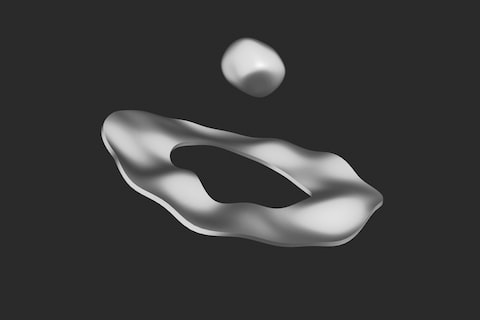From Pixels to Polygons: The Evolution of Gaming Graphics
Gaming has come a long way since the days of pixelated characters and blocky landscapes. As technology advanced, gaming graphics evolved from simple pixels to complex polygons, drastically transforming the visual experience for gamers.
Pixel graphics, characterized by their retro appeal, were the foundation of early gaming. These simplistic graphics employed a limited color palette and square-shaped pixels to represent characters and environments. The pixel art style gained popularity due to its nostalgic charm and the technical limitations of earlier consoles and computers.
However, the introduction of three-dimensional graphics paved the way for a new era of gaming visuals. Polygons, also known as geometric shapes with straight sides, replaced pixels and allowed for more realistic representations in games. The transition from pixels to polygons brought about a revolution in game design, enabling developers to create immersive environments and lifelike characters.
With the rise of advanced graphic processing units (GPUs) and high-definition displays, modern games now boast stunning visuals that blur the lines between reality and virtual worlds. Sophisticated lighting effects, realistic textures, and intricate details bring games to life, offering players a truly immersive experience.
Furthermore, the evolution of gaming graphics has not only impacted visuals but also gameplay. The increased graphical capabilities have opened doors to more complex game mechanics, such as physics simulations, realistic physics-based interactions, and dynamic environments. Gamers can now enjoy more realistic physics in racing games, destructible environments in first-person shooters, and intricate puzzles in adventure games.
As technology continues to advance, the future of gaming graphics holds exciting possibilities. Virtual reality (VR) and augmented reality (AR) are pushing the boundaries of immersive gaming experiences even further, making the transition from pixels to polygons seem like a small step in comparison.
In conclusion, the evolution of gaming graphics from pixels to polygons has revolutionized the gaming industry. It has transformed the visual experience for gamers, allowing for more realistic and immersive gameplay. With each technological advancement, gaming graphics continue to push the boundaries of what is possible in the virtual world.

